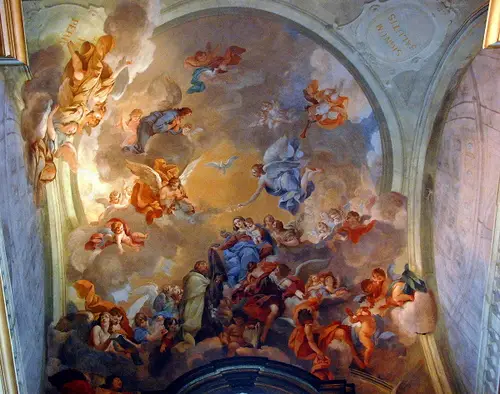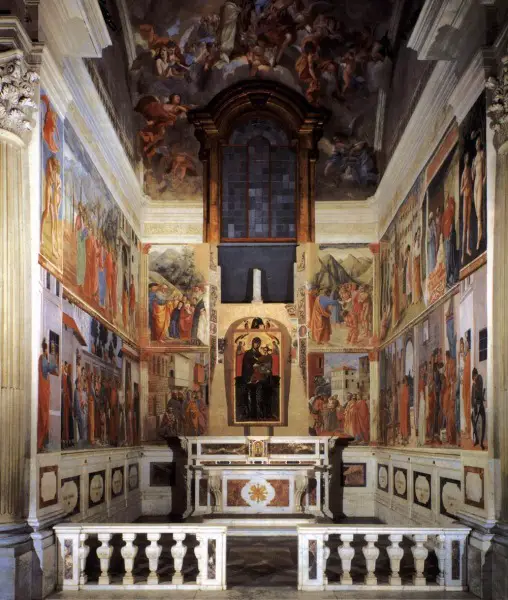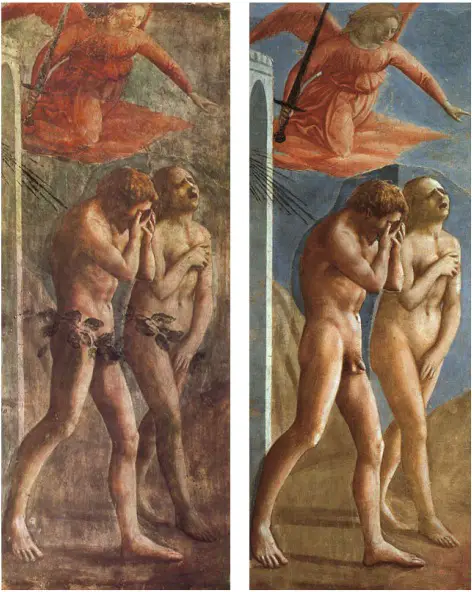Stay in Florence to experience the influence of Renaissance artists

One of the reasons why it is worth visiting artworks in their natural context, is the chance to better understand how these works were created.
Many of the wonders that made Florence one of the most important cities in the world for its artistic heritage, were born between the fifteenth and sixteenth centuries.
In those years the city was a building site, and the most important artists of the time would move from the Cathedral to Orsanmichele.
Imagine Donatello, Filippo Brunelleschi and Masaccio strolling along the streets of Florence.
Donatello and Brunelleschi are already established artists, engaged in the construction and decoration of the most important monuments of the city. Masaccio is young, passionate. Together, they converse and confront themselves with the laws of perspective and the role up to the new man.
This man returns to be master of its own destiny after the Middle Ages (the term was coined in this period of history) when just the Pope, the Emperor and the liegeman could make important decisions: so they called it Renaissance.
Masaccio feels the ideas quickly moving around him and wants to inject them in its paintings.
So, as soon as he is called by his master Masolino to collaborate in the decoration of the Brancacci Chapel, Masaccio takes the opportunity. His painting of the Expulsion of the progenitors, breathes the new thought that he had gone so enthusiastically to learn from his influencers before him. And so, he marked the birth of the Renaissance style.
You can admire this milestone in Florence’s Oltrarno district, in the Church of Santa Maria del Carmine. Because of Masaccio’s frescoes, the Brancacci Chapel became so famous that its name is best known today of the Church itself.
In those times, it was common practice to contribute to the beauty and prestige of the city, by commissioning artworks to consolidate its own social position.
The cycle of frescoes is dedicated to St. Peter’s, because of wealthy merchant Felice Brancacci’s forefather.
Just two themes diverge from it, and are quite the most important ones: The Expulsion of the progenitors by Masaccio and Adamo and Eva’s temptation by Masolino. The comparison between the two works is the first step to understand how Masaccio can be considered one of the founders of the new Renaissance style. It’s like to try and understand Jimi Hendrix reverting to the music before him. You really can see the rift.
Masaccio structures his figures with the heaviness that leads them to occupy the space in a living way. Adamo and Eva are miserable and inhabit the space with the expression of their grief, with the shadow that marks their adherence to the earth. Here it is, the importance of the shadow in Masaccio.
The new man is the center of the world, but a flesh and bones man, with his experiences and with the knowledge that emerged from these.


The Brancacci Chapel has miraculously survived a fire in the eighteenth century that blackened the figures. Just the 1990’s restoration recovered them to the original splendor, also removing the foliage with which covered the nakedness of Adam and Eve in the Masaccio’s fresco.
As for damages caused by humans, instead, there is little to do.
After the exile that struck Felice Brancacci, several figures depicting members of the family have been erased. Brancacci’s enemies did not hesitate to destroy the fresco, The Resurrection of the Son of Theophilus, by Masaccio on the back wall, and to cover it with an image of the Virgin and thus consolidate the change of name from Brancacci Chapel to Madonna del Popolo chapel.
Visiting Hours:
The Brancacci Chapel can be visited on weekdays 10 am – 5 pm; reservation required and on certain holidays from 1 pm – 5 pm; reservation required. Closed Tuesdays.
Accommodation Recommendation in Oltrarno:
Palazzo Magnani Feroni hotel is located in Borgo San Frediano just 200 meters from Piazza del Carmine, in an ancient palace of the ‘500 to make more vivid the plunge in the Renaissance.
Visit their website: www.palazzomagnaniferoni.com/
By guest contributing writer, Beatrice Rinaldi.